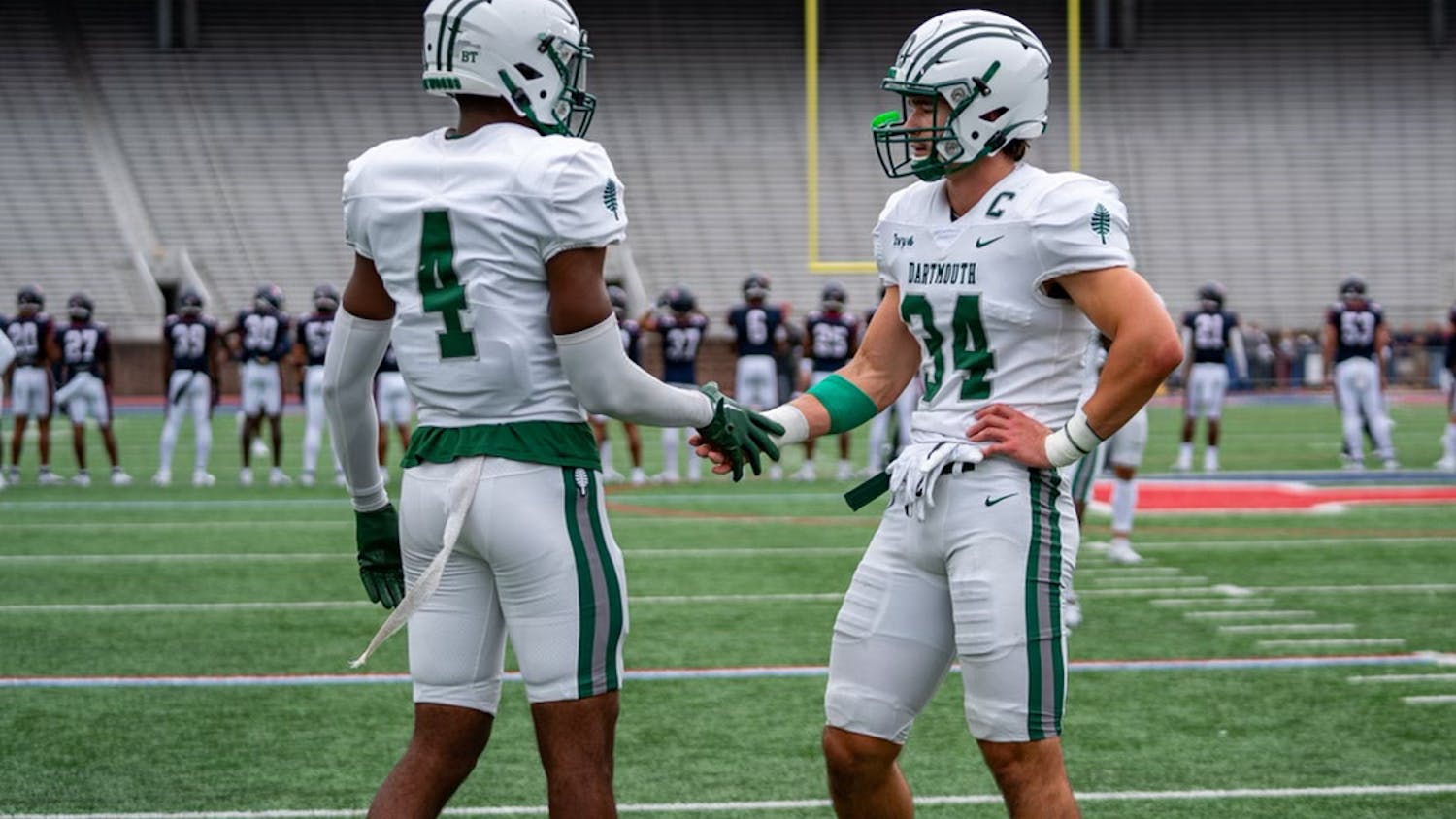While a coxswain steers and handles decision-making duties instead of physically rowing during competition on the water, Cholnoky has always strived to be just as capable as the rowers he coaches -- and this year has been no exception. Cholnoky has been training with the varsity heavyweights in preparation for the spring season.
"The goal to win CRASH-Bs came later [in training]," said Cholnoky. "Going into the weekend, I knew I had the power to medal, but that it was going to be a fight every meter to win. I wasn't ranked first, but I was able to take the lead with about 1,000 meters to go. From then on, I was only looking to the finish line."
Despite the relative novelty of an indoor race for the non-rowing coxswains, the race is nonetheless a serious competition and athletes must weigh in at less than 130 pounds to qualify to race in the coxswain category.
The racing is done on an ergometer, a relatively recent invention first used in the 1980s. The machine closely simulates rowing by using air resistance on a fly wheel with a bar attached and a sliding seat instead of oar against water in a rowing shell. Distance is measured via an odometer. The same apparatus is used by Dartmouth's rowing team for training in the winter when the river is frozen over.
CRASH-Bs started out as a relatively small get-together of U.S. Olympic rowers, who held a regatta in Harvard's Newell Boathouse during the winter in the early '80s, and it quickly grew out of the relatively small space and into an international competition within a few years.
The race has evolved over the years both in response to improved ergometers and to meet the training needs for international competition, where six-kilometer and two-kilometer races are the standard distance. Boston's Agganis Arena housed approximately 200 ergometers for the competition, and rowers raced in heats with those of comparable ability.
In addition to claiming the title of world-champion coxswain, Cholnoky received an engraved hammer as a trophy for his win.
"A hammer is a nickname for someone who is very strong but has terrible technique on the water, and doesn't really make the boat go fast," varsity heavyweight rower Owen Cadwalader '07 explained. "There is a saying that 'ergs [ergometers] don't float' because it is possible to do really well on the erg but not well on the water. So the trophy is a standard toolbox hammer to signify the ability to produce power without grace."
Cholnoky will be unable to defend his title next winter, as he's planning to be abroad on an LSA+, but Dartmouth should remain well-represented as coxswain Greg Rolfes '09 finished ninth in the event this year.
In the meantime, however, the coxswain already has a goal in mind for his next go at the indoor championships.
"Apparently the world record for coxswains is 6:56.2," said Cholnoky. "I'm looking forward to chasing that down in 2008."



